Heating technologies
Drever International has acquired a wide experience in the heating technologies for more than 50 years.
The most common technologies for continuous heat treatment of steel strips are:
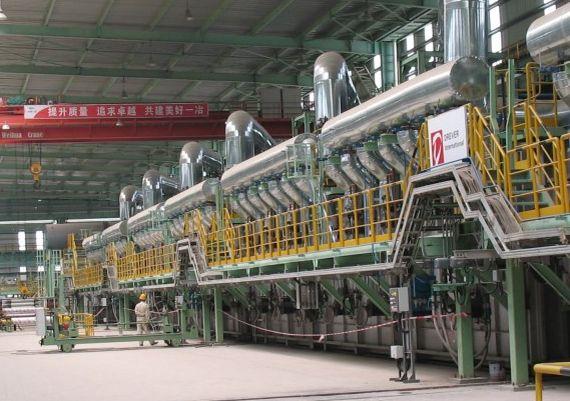
Continuous annealing and pickling line (CAPL for stainless steel).
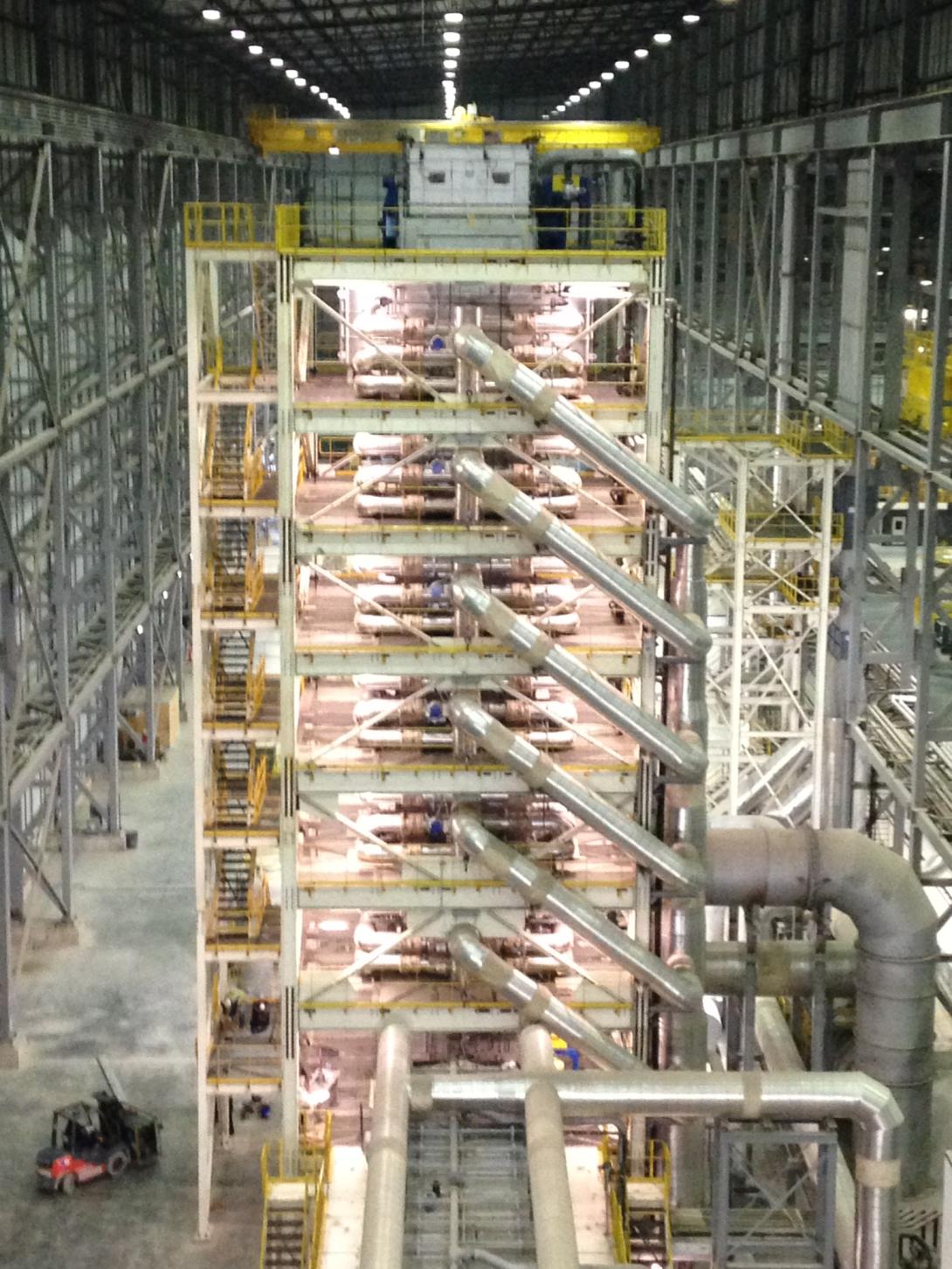
Vertical direct flame furnace
Direct flame
In direct flame furnaces the flame created by the combustion of natural gas radiates freely in the furnace. The fumes travel in counter flow with the strip to allow a preheating of the strip before the heating section. At the entry of the preheating section, the fumes are collected and sent to a global recuperator to preheat the combustion air used by the burners.
This technology allows fast reaction of the furnace and high efficiency thanks to the combination of high combustion air temperature and a preheating section.
When it is necessary to avoid the oxidation of the strip in the furnace, the combustion is under-stoichiometric, so the furnace atmosphere is reducing. The residue of the combustion contains therefore unburnt radicals (mainly hydrogen and carbon monoxide) that are burnt in the post-combustion taking place in the preheating section.
For the heating of stainless steels, there is no risk of strip oxidation so the combustion can be achieved directly with an excess of oxygen (oxidizing atmosphere).
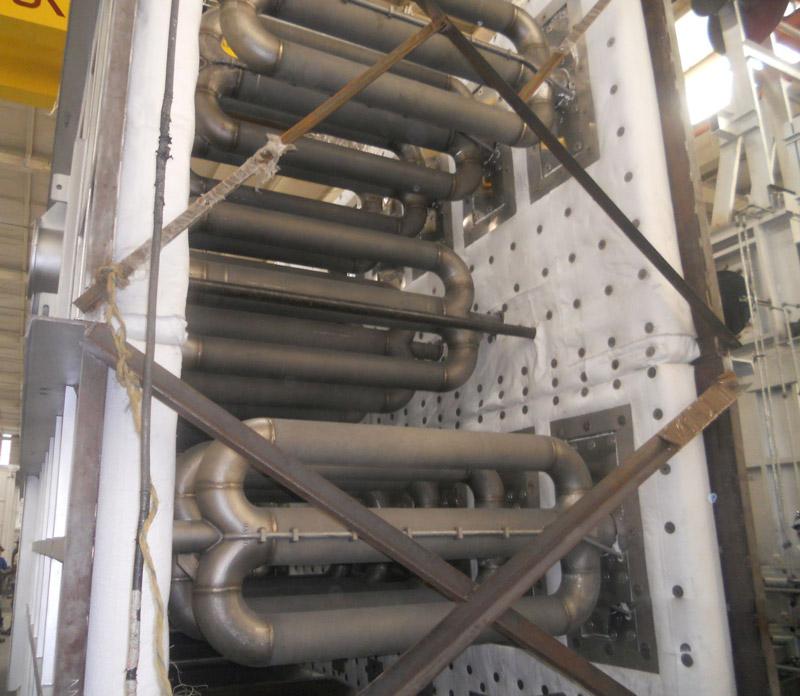
Radiant tubes
In radiant tubes furnaces the combustion of the gas takes place within a tube, so there is no contact between the strip and the fumes. The fuel can be natural gas, but also coke oven gas, blast furnace gas or a mixture of different gas.
Radiant tubes must be used in a protective atmosphere furnace of HNx, a mixture of nitrogen and hydrogen. There are several shapes: I, P, double P and W. I, P and double P are used together with recuperative or regenerative burners while W shapes are only available with a high performance recuperator. These tubes can be made of cast steel, welded steel sheets or, for I tubes, ceramic material.
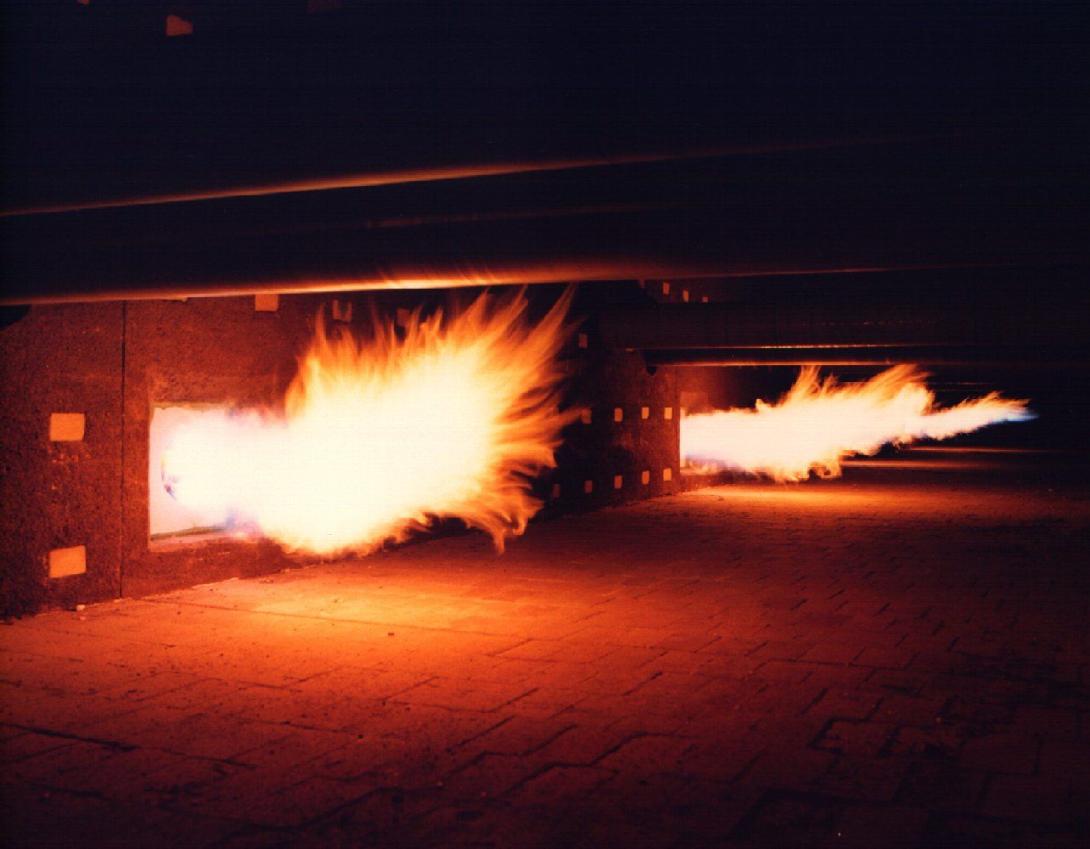
Combustion technology
The combustion of gas generates mainly 2 pollutants: CO2 and NOx.
- The energy consumption and thus the quantity of CO2 generated can be reduced by recovering the heat in the fumes and preheating the combustion air thanks to a central recuperator, individual regenerators or individual recuperators. The remaining heat in the fumes can be used to produce steam or hot water in waste heat boilers.
- NOx production can be reduced with specific combustion technologies aiming at reducing the maximum flame temperature and / or the level of oxygen within the flame. Fumes can be also treated by De-Nox system including some catalysts before release in the atmosphere.
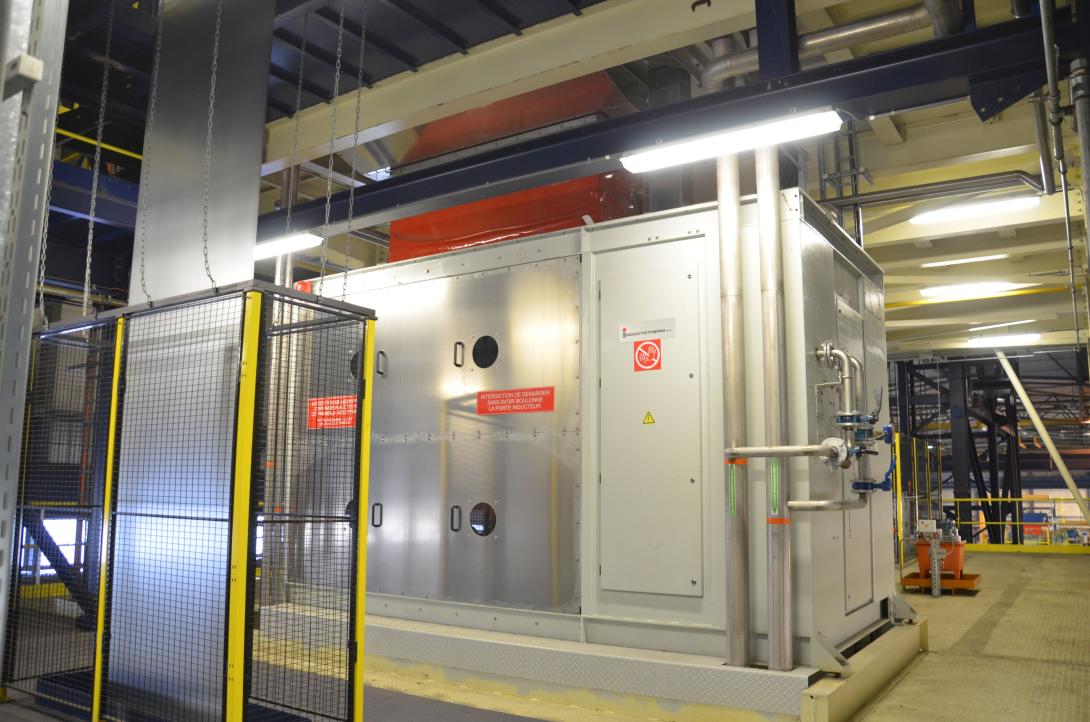
Induction heating
Induction
For high heating rates, induction heating system is the right choice. A rapidly alternating magnetic field is generated by an inductor. As a result of the variations of the magnetic field, electric currents called Eddy currents are generated inside the strip. The electrical resistance against these Eddy currents generates heat directly inside the strip (Joule heating). Thus the strip can be heated very rapidly.
Two kinds of systems are proposed:
- Longitudinal flux is very efficient for ferromagnetic strip, which is the case for carbon steel, silicon steel and ferritic stainless steel below the Curie temperature
- Transversal flux is used when the strip is not ferromagnetic, which is the case for carbon steel and silicon steel above the Curie temperature, and for austenitic stainless steel.
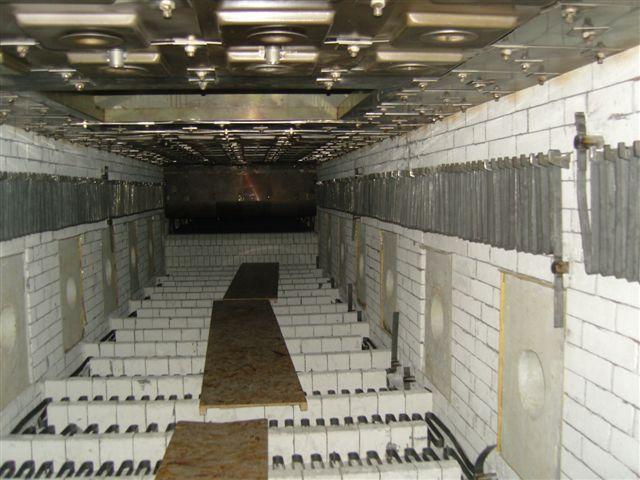
Electrical heating elements
Electrical heating elements
Electrical heating elements can be installed in radiant tubes or directly in the furnace. They can be made of: FeCrAl, NiCr or Molybdenum. The selection of the material to be used depends on several criteria such as furnace temperature, atmosphere and dew point.
